Whether you’ve just purchased your first home, or you’ve been settled in for some time, home maintenance is something that should be a priority for every homeowner. Your home is one of your greatest investments, and with proper maintenance, you can preserve, or even increase, its value while making it a space you can enjoy for years to come. In this guide, we’ll go over what you need to know to create a home maintenance budget and how to save ahead for those expected and unexpected expenses.
| Reasons to Create a Home Maintenance Budget | ||
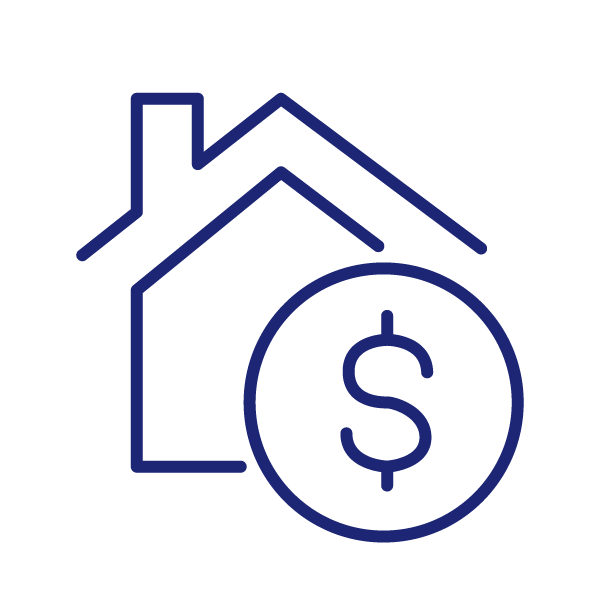
Preserve your home’s value. |
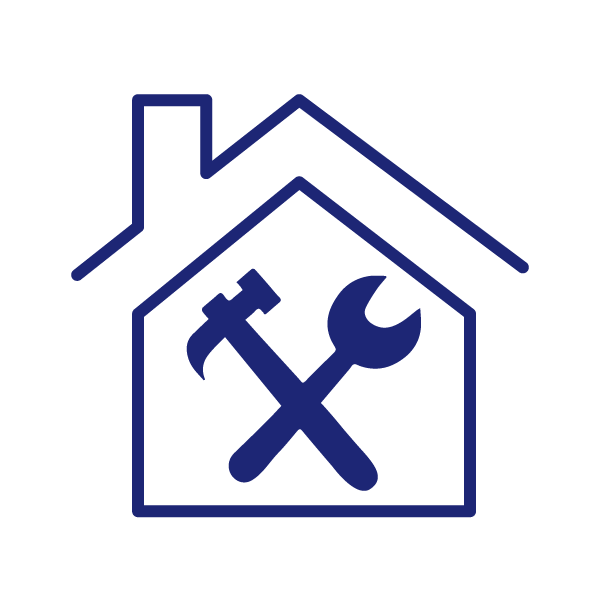
Prevent costly repairs. |

Provide financial stability. |
Assess Your Home’s Needs
Before you create your home maintenance budget, you’ll need to assess your home’s specific needs – the maintenance for a detached house will be different than a condominium. To start, create an inventory of the different home systems and structures in your home. Home systems include heating, ventilation, air conditioning (HVAC), plumbing, and electrical, all the different systems that work to keep your home functional and comfortable. Structures refer to the physical aspects of your home such as the roof, exterior areas, flooring, or insulation.
As you’re taking inventory of the different structures and systems of your home, note the age and condition of each item. Are they in excellent, good, or fair condition, or in need of repair? If you recently purchased your home and conducted a home inspection, your inspector may have provided you with a written summary of the inspection. This document will have valuable information about your home, its different systems and structures, and any upcoming maintenance your inspector recommends so keep it handy!
For most systems or appliances, you can usually find maintenance schedules or guidelines from the manufacturer or builder. Check your warranty for the most accurate timelines or consult the manufacturer’s website for further details.
Service Schedule for Common Home Systems
| System | Service | Replace |
| Air Conditioning Unit | Once a year | Every 10 – 15 years |
| Tank Water Heater | Once a year | Every 6 – 12 years |
| Tankless Water Heater | Every 6 months to 2 years | 20 years or more |
| Septic Tank | Every 2 years | Every 15 to 20 years |
|
Air Conditioning Unit
Service: Once a year |
Tank Water Heater
Service: Once a year |
Tankless Water Heater
Service: Every 6 months to 2 years |
Septic Tank
Service: Every 2 years |
Calculate the Costs
Once you’ve created your list, you can estimate how much it will cost for the regular upkeep of the different areas of your home. Consider how much it will cost for routine maintenance, things done throughout the year like replacing furnace filters or cleaning the eavestroughs. Then, consider the more substantial costs that may occur every few years, like replacing a major appliance or repairing an old fence. Unless your home is a real fixer-upper, you probably won’t have to tackle all these costs at the same time but having an idea of the costs will help you prepare.
Different Approaches for Creating a Home Maintenance Budget
All the costs associated with home maintenance can be overwhelming. Here are two simplified approaches you can try when creating your budget.
Percentage Rule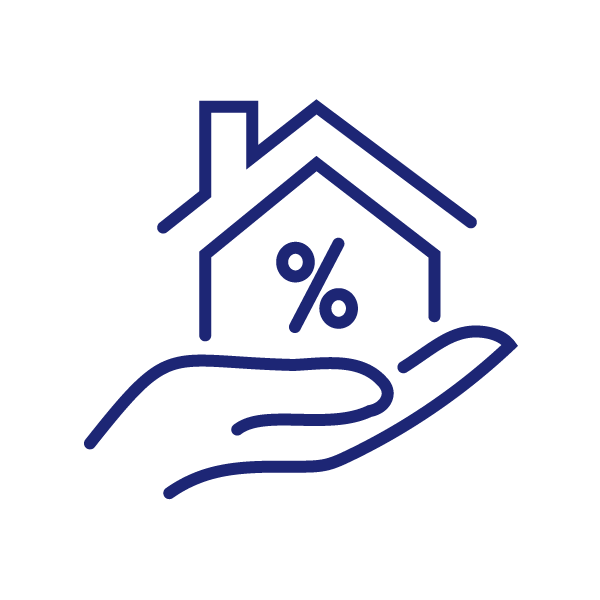 |
Percentage RuleEach year, set aside between 1 to 4% of the value of your home for regular maintenance. If your home value is $650,000 then you would want to have between $6,500 to $26,000. If your home is newer and less likely to need any major repairs, you can lean towards the lower end of this range. If your property is older, the more you have saved the better. |
Square Footage Rule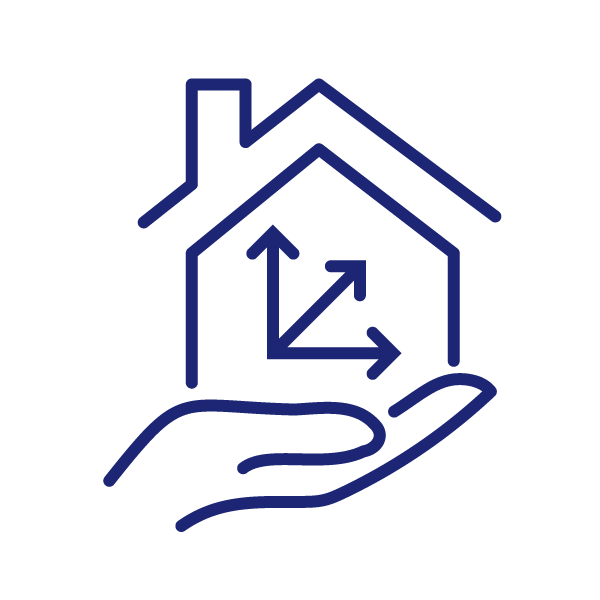 |
Square Footage RuleSet aside a dollar amount for each square foot of your home – different sources recommend anywhere from $1 to $5 per square foot. For a 1,500 sq ft home, you’d be looking at $1,500 to $7,500. This method only considers the size of your home and not the age or location so keep those factors in mind as you’re personalizing your budget. |
Timing is Key
It can be challenging to predict when different home maintenance needs will pop up. Prioritizing your home’s needs can make things easier to plan for. Identify tasks that require urgent attention and allocate funds to take care of those items first. Depending on your location and the climate, breaking down tasks by season is a good approach. If your roof isn’t in the best shape or your home’s insulation is subpar, taking care of these maintenance tasks before a cold winter will save you a lot of hassle — and money — later. And, as temperatures warm up during the summer months, servicing your air conditioning unit or updating outdoor spaces may be a higher priority.
Saving several years in advance for upgrades or replacements will help take away the sticker shock from high-cost projects. It also gives you time to explore options, different contractors, and compare prices, so when it is time to finally tackle the task, you can feel confident in your decision and how much you’re spending.
Tips to Help Save for Your Home Maintenance Budget
After creating your plan and determining how much you’d like to set aside for your home maintenance needs, making a strategy to reach your savings goal will help ensure the funds are available when you need them.
Automate Your Savings: Break down your total maintenance budget into monthly amounts. One of the best ways to save effectively is to automate your savings so you don’t have to think about it. Set up a recurring transfer either monthly or based on your pay frequency and deposit the funds into a High-Interest Savings Account. You’ll reach your savings goal in no time, and you’ll earn interest on your savings as well.
Keep Track of Your Expenses: The best way to create a home maintenance budget that works for your financial situation and meets your home’s needs is to keep track of your expenses. Depending on your preferences you can create a spreadsheet with the information, write everything down in a notebook, or save the details on your phone. The key is to keep a record of how much was spent on what and when. This will help you predict how much you may need to spend in the following years and allows you to save strategically.
Anticipate What’s to Come: The price of materials and labour can fluctuate but historically the prices climb each year. If you’re budgeting for a project or service based on rates for the current year and planning to get the work done the following year, you may want to add a little bit extra on top of your budget to account for potential cost increases.
Find Cost-Effective Solutions
Just because you have money saved for your home maintenance doesn’t mean you have to spend it all! Finding ways to save will help stretch your funds further. Before you begin a renovation, do some research into whether it’s something you can do yourself or if it makes more sense to hire a professional. There are great resources available to help support you if you choose the DIY route. Buying supplies in bulk or during sales is another great way to save.
Did you know smart home devices can help you save money? According to Natural Resources Canada, a smart thermostat can help you save up to 8% on the costs of heating and cooling your home.1 You may be eligible for a rebate on a smart thermostat as well depending on where you live and what type of home you own.
Be Clear About Your Goals but Flexible About Your Plans
As you’re creating and saving towards your home maintenance budget, it’s good practice to review your budget quarterly or annually to ensure it’s still meeting your needs and working for your overall financial situation. Maybe one aspect of your home you thought would require more frequent maintenance is actually low maintenance and doesn’t cost as much, those funds can be redirected towards other needs.
| When to Adjust Your Home Maintenance Budget | |
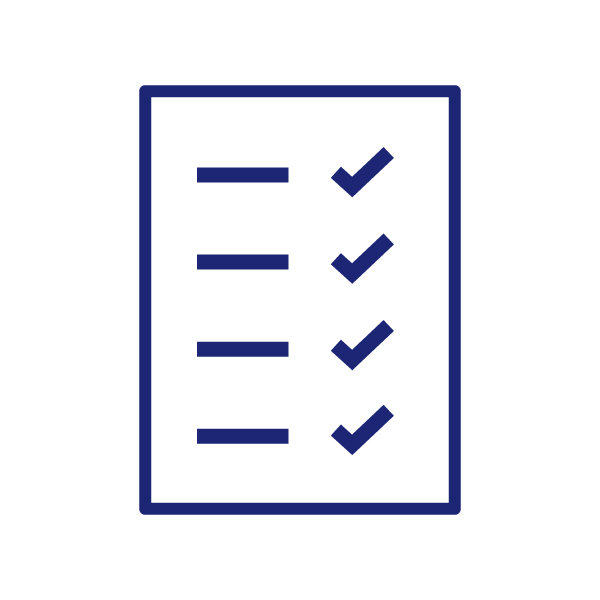
New Priorities or Goals |
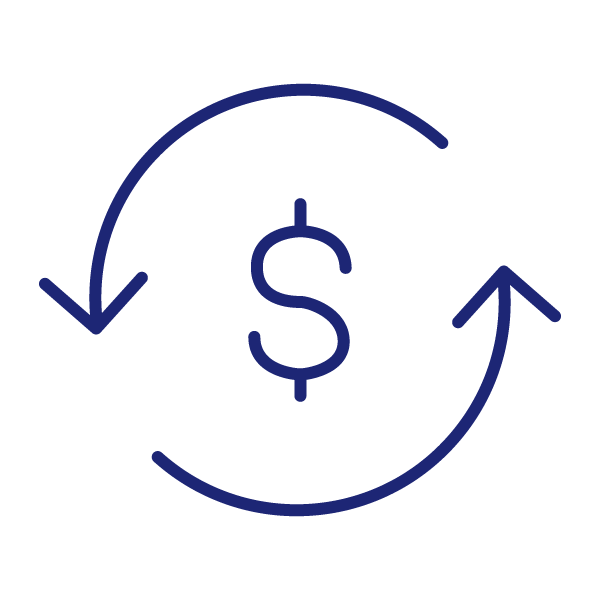
Changes to Income |
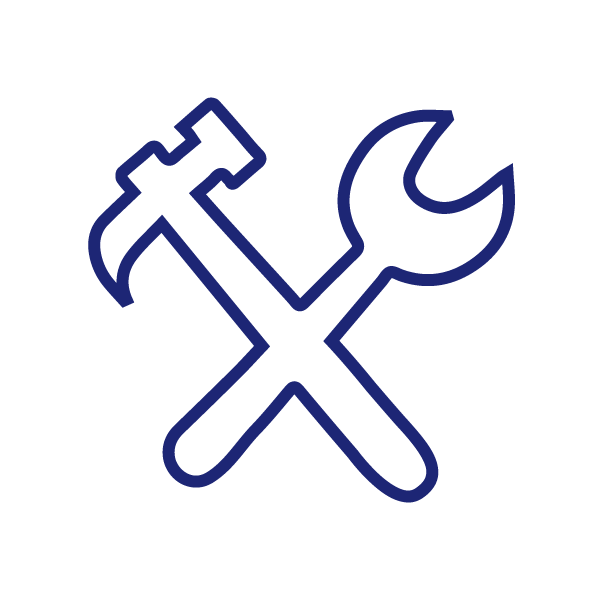
Unexpected Repairs |

Changes to Home Condition |
Owning a home comes with its fair share of responsibilities, but it can also be a source of joy and pride, a place for you to build lasting memories with your loved ones. By planning and saving ahead with a home maintenance budget, you can make sure your home is well cared for and make your homeownership experience less stressful.




